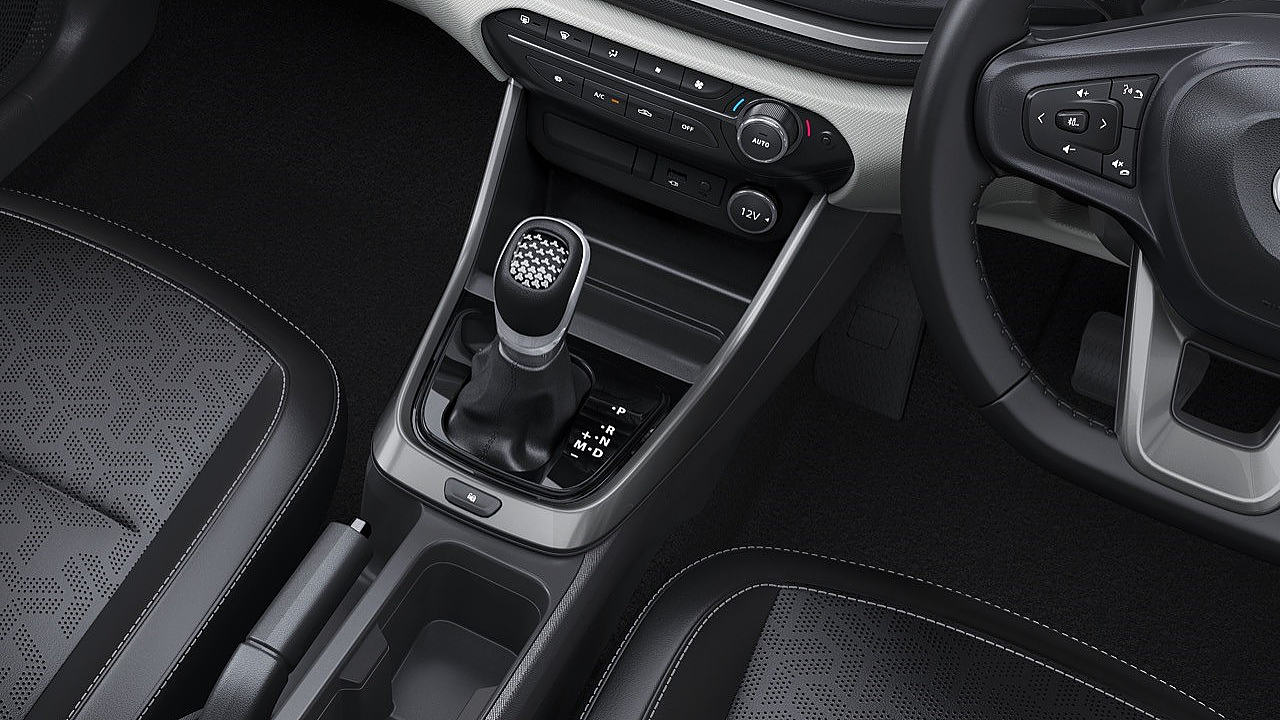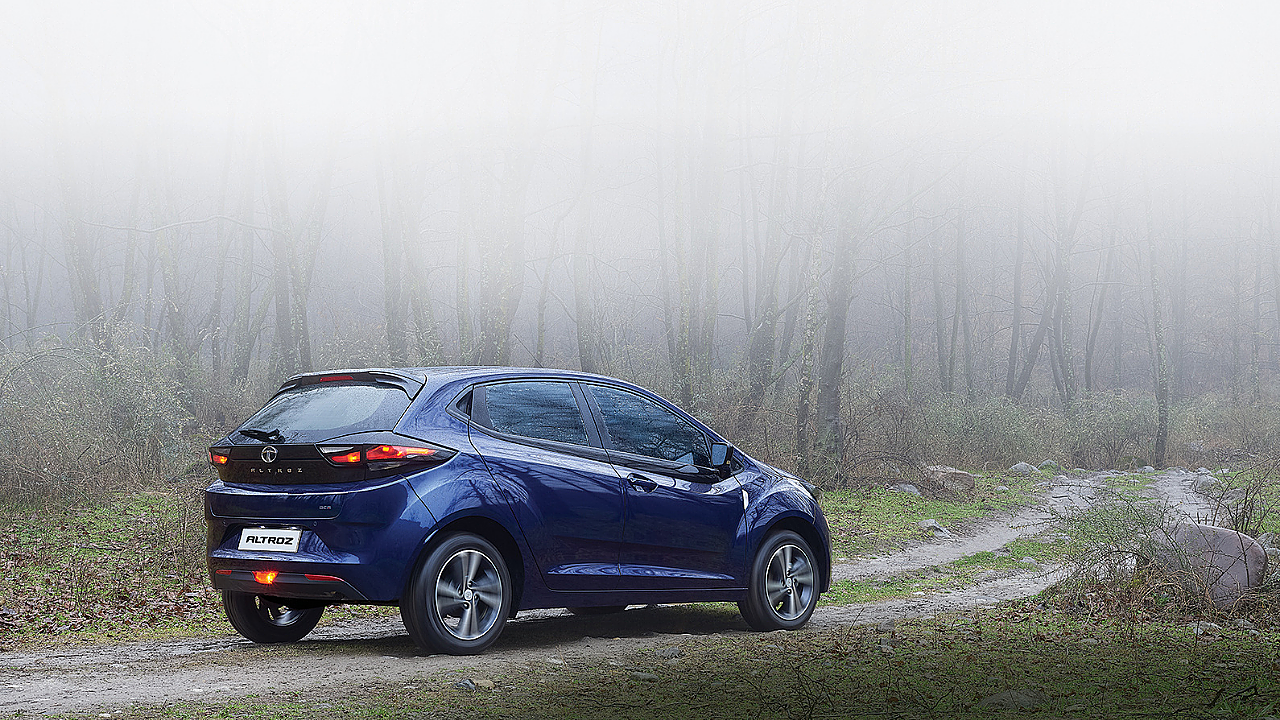
DCT or Dual Clutch Transmission has always been associated with an enthusiastic driving style. This is due to the fact that these gearboxes allow for faster gear shifts compared to any other transmission system available currently, thereby making its way to many vehicles, including supercars and hypercars.
Not only these segments, even the mass market segments targeted towards customers looking for spirited driving style have also seen the introduction of DCT, with the latest being the Hyundai i20 N Line and the 1.5L TSI options for the Skoda Slavia and the Volkswagen Virtus.
As the name suggests, these transmission options feature two clutch plates, one selecting odd gears and the other selecting the even gears. Due to this, these gearboxes have a name for rapid gear shifts.
Moreover, the other side of having two clutch plates is that the gear shifts become a lot smoother. And this is where Tata Motors has focused with its DCA in the Altoz.
Speaking to Mobility Outlook, Mohan Savarkar, Vice President, Product Line, Tata Motors Passenger Vehicles, said, “The direction we are looking at is how refined it feels for the person driving the car and the aim was to make the gear shift unnoticeable, which with the DCA, we have achieved.”
However, a downside to this sort of transmission is that the initial acceleration is jerky. The company has opted for Machine Learning and Shift by Wire technology to get around this.
As he explained, the Shift By Wire comes into play anytime the driver uses the gear lever. With this, the signals travel electrically, eliminating the mechanical linkages, allowing for a faster gear shift. The company claims a switching time of 250 milliseconds per shift.
With Machine Learning, the car reads the driver’s driving style and adapts accordingly with a quick or gradual shift. This ensures eradicating the shocks and jerks felt during the gear changes, he added.
Sourced from Punch Powertrain, the DCA transmission further has planetary gear formation for the first set of gears, allowing for a smoother start in heavy traffic congested road conditions like India.
“The choice of DCA is based on the premium hatch segment that the Altroz is in. The shift quality, refinements, drive pleasure have to be matched with the requirements of the segment, which other transmissions will find it difficult to do,” Savarkar added.
It must be noted that with the Dual Clutch Automatic (DCA), Tata Motors has claimed to file 45 patents including for the technologies mentioned above.
With the DCA, the carmaker has gone for the wet clutch plates. However, the disadvantage of this type of clutch plate is the loss of efficiency with the performance caused by higher heat generation.
Due to dusty Indian conditions, the company resorted to a wet clutch with active cooling, which pumps in more oil depending on the clutches’ temperature to dissipate heat and maintain a constant temperature, Savarkar explained.
Furthermore, unlike traditional DCTs, the company has separated the wet clutch plates to give them more space to cool down, making them suitable for Indian hot climatic conditions. This ensures an absolute performance and the repeatability of the performance, he added.
Additionally, to make the transmission more suitable for Indian conditions, Tata Motors has fitted the DCA with a self-healing technology. Anytime the car notices dust, it automatically vibrates the vault, dislodges the dust, and pumps in more oil.

Furthermore, the company has gone for a lighter weight DCT by claiming to use 35% fewer components than other DCTs available in the market. These reductions include a single layshaft instead of two or three and 13 gears instead of 22 gears present in other DCTs.
Savarkar noted that it has allowed keeping the car’s weight almost similar to the manual counterpart, only a bit on the northward side, thus requiring no changes to the suspension tuning for a similar driving experience.
Although the company had to go through a bit of engine tuning to accommodate the new transmission option, the TAKT time for the vehicle has not changed, he confirmed.
Was It The Right Move?
At this stage, Tata Motors is very aggressive about its EV plans. With an 85% market share in the E4W passenger segment, the company plans to introduce ten new EVs by 2025.
Now the question is that with already having a range of AMTs in its portfolio and with a strong focus on electrification, has Tata been a bit too ambitious with the DCA?
Responding to this, Savarkar stated that ever since the launch of the Altroz, the company aimed at providing a gold standard to the customers, be it on the design side or the safety side.
“Continuing on that same trend, even for the automatic, we felt that it has to be something that is worthy for this kind of car and worthy for the customers who are buying this car. So we went with the DCA as the more optimal and appropriate kind of technology,” he concluded.